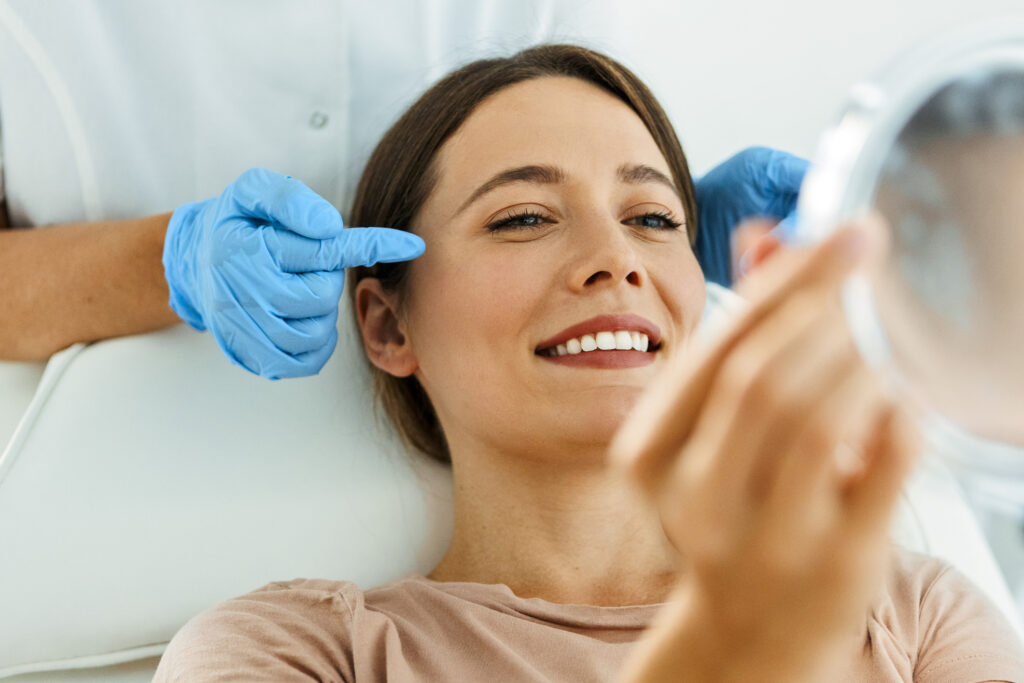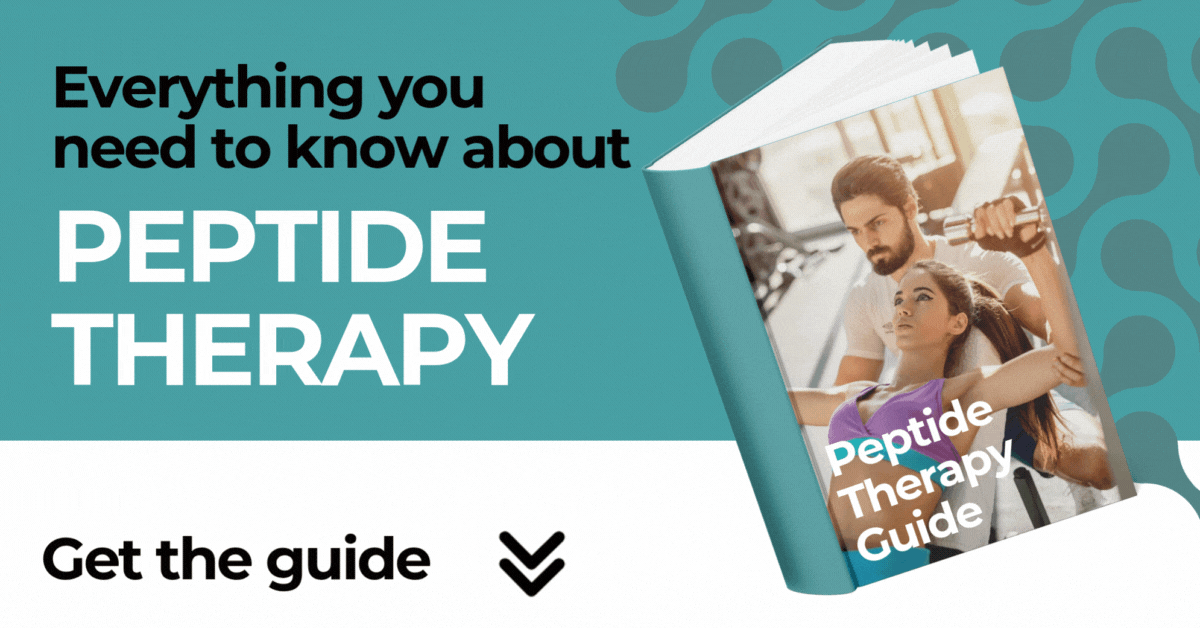Expert Facts and Safety Insights for Botox Injections in Greenville, SC
Botox is a purified muscle relaxer that can be used to help smooth targeted facial muscles and reduce the appearance of expression lines. At Galen Healthcare & Aesthetics, our experienced medical professionals utilize a range of advanced injectables, including Xeomin, Dysport, Jeaveau, and Botox, to help you achieve your aesthetic goals with a personalized treatment plan. This guide aims to address common misunderstandings while emphasizing safety and realistic outcomes. Readers can explore what Botox is, how it works, its FDA-approved cosmetic and medical uses, and why your provider’s skill is important for achieving natural-looking results. Many people may have concerns about its safety, how long it lasts, or looking “frozen”; this article aims to address those fears with facts, practical patient expectations, and a comparison to dermal fillers. You’ll find myth vs. fact tables for quick clarity, side-by-side comparisons that may help with treatment decisions, and an overview of the patient journey so you can have an idea of what to expect before, during, and after an appointment. Sections include how it works and what it’s approved for, safety and potential risks, the frozen-face myth, a detailed myth debunking list, a Botox vs. dermal filler comparison, what to expect during and after your procedure, and a FAQ to answer common questions.
Ready to Explore Botox in Greer and Greenville, SC?
Our experienced medical professionals at Galen Healthcare & Aesthetics are here to help you achieve your aesthetic goals with a personalized treatment plan.Schedule Your Consultation.
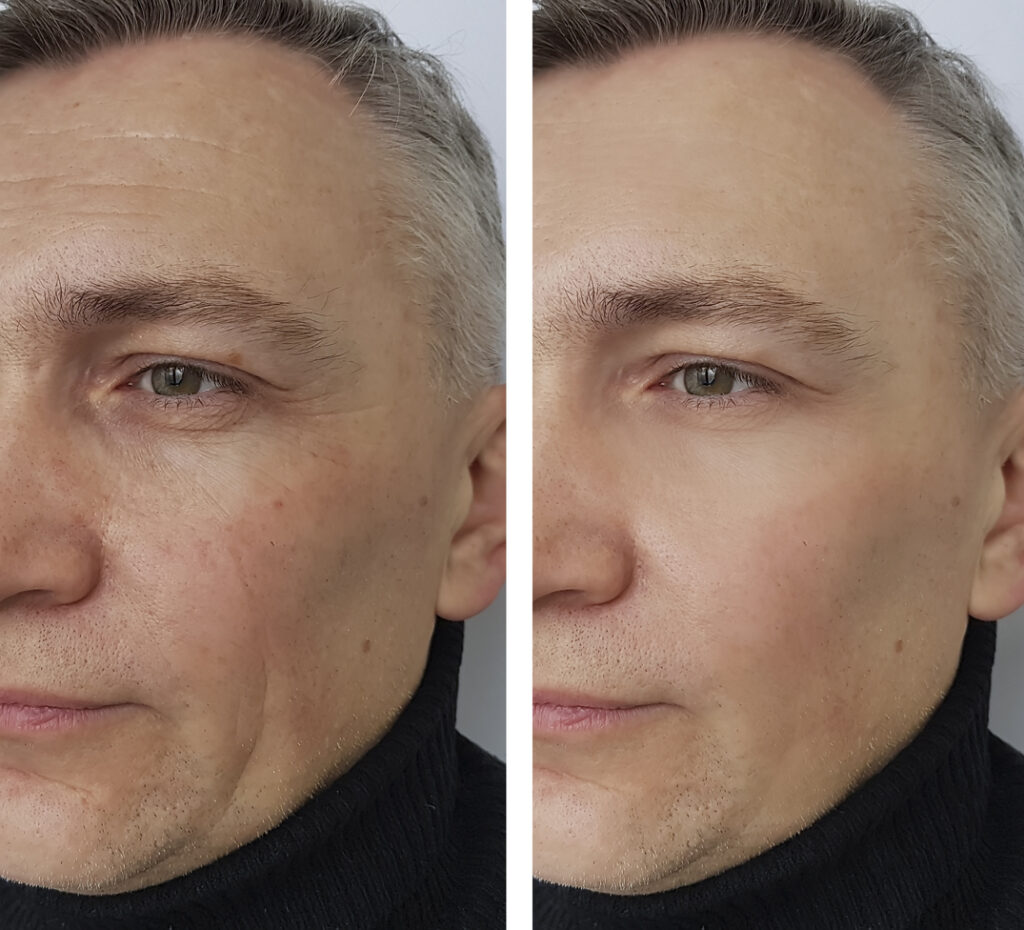
What Is Botox and How Does It Work?
Botox is a special protein called botulinum toxin type A that can be used as a muscle relaxer to temporarily soften specific muscles and help reduce the appearance of expression lines, potentially delivering a cosmetic benefit. It works by blocking signals from nerves to muscles, which reduces muscle contraction where injected and thereby helps smooth expression lines. This targeted action may provide visible effects within days and typically lasts several months, making Botox a reversible and controllable aesthetic tool.
What Is Botox?
Botox is a purified protein that acts as a muscle relaxer to help reduce muscle activity when injected in tiny, controlled doses. Clinically, it may be used for cosmetic indications such as forehead lines, frown lines, and crow’s feet, and medically for conditions like chronic migraines and excessive sweating, illustrating its versatility. Recent studies and regulatory oversight have helped establish dosing ranges and administration techniques that aim to prioritize safety and predictable outcomes. Understanding what Botox is can help patients distinguish it from treatments that add volume and set expectations for its potential effect and duration.

How Does Botox Relax Muscles to Reduce Wrinkles?
Botox can help relax muscles by inhibiting nerve signals at the nerve ending: the protein may prevent the release of chemicals that tell muscles to contract, so targeted muscle fibers could receive fewer contraction signals. This localized muscle relaxation may result in reduced muscle movement and potentially smoother overlying skin where repeated expressions might otherwise deepen lines. Effects typically begin within 2–7 days, with full results often visible by two weeks and a functional duration commonly around 3–4 months, though individual metabolism and dosing can affect longevity. Understanding this stepwise mechanism can help explain why placement, dose, and muscle selection may influence both how well it works and how natural you look.
What Are the FDA-Approved Uses of Botox?
Botox has several FDA-approved cosmetic and medical uses that reflect both aesthetic and health value when used per guidance and training. Cosmetic approvals include the treatment of moderate-to-severe frown lines, while medical approvals encompass chronic migraine prevention, severe underarm sweating, and certain muscle spasms.
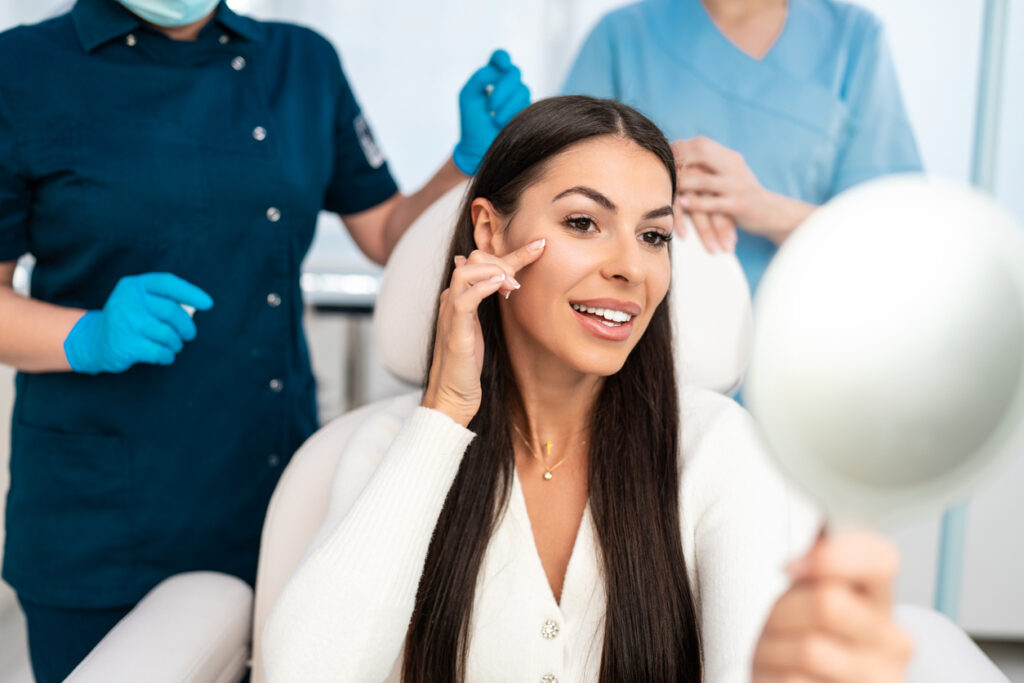
Is Botox Safe? Debunking the Safety and Health Risk Myths
Botox is generally considered safe when administered by qualified providers because the dose is carefully controlled, the product is purified, and its use and post-market data is closely monitored. Patients should aim to understand common potential side effects, rare serious events, and any red flags that might require prompt attention to make informed choices and potentially minimize risk.
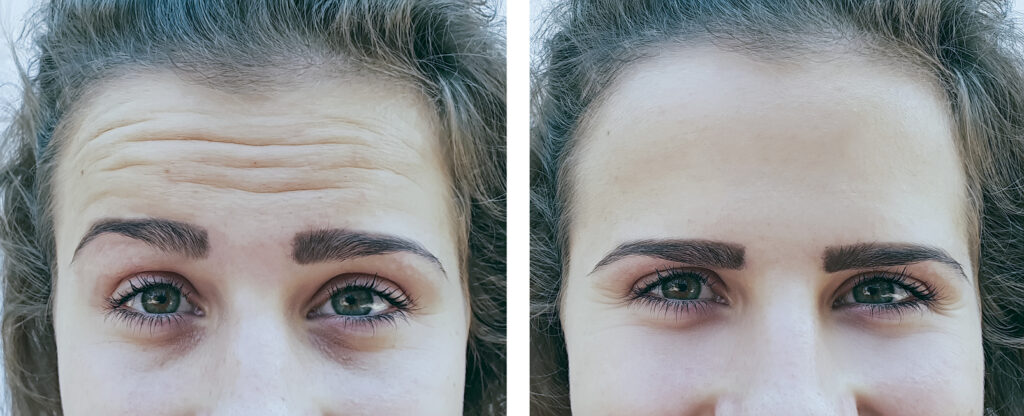
Why Is Botox Considered Safe by Medical Experts?
Medical experts often consider Botox safe due to extensive clinical trials, clear dosing guidelines, and long-term monitoring that shows very few serious problems under professional administration. Health authorities ensure it’s made to high standards and labeled correctly, and clinicians typically follow evidence-based protocols to help minimize risk through appropriate patient selection and dosing.
What Are the Common Side Effects and Risks of Botox?
Common potential side effects are usually mild and localized—such as bruising, temporary swelling, tenderness at injection sites, and occasional headache—and they typically resolve within days to two weeks with conservative measures. Less common functional effects might include a temporary eyelid droop or unevenness if the product spreads a little or isn’t placed perfectly; these are usually reversible but may warrant provider follow-up. Patients are advised to report any unusual symptoms such as difficulty breathing or swallowing immediately, as those are rare signs that it has spread beyond the injection site and would require urgent evaluation.
Does Botox Freeze Your Face? Understanding Natural-Looking Results
Botox does not necessarily have to “freeze” the face; a frozen look can result from too much product, incorrect placement, or not considering your unique facial structure—whereas careful dosing and a skilled technique can help keep your natural expressions. Achieving a natural result can depend on understanding facial muscle function, selecting appropriate units, and tailoring injection sites to movement patterns rather than applying a one-size-fits-all approach.
How Does Galen Healthcare Healthcare & Aesthetics Try to Prevent the “Frozen Face” Look?
Skilled injectors at Galen Healthcare & Aesthetics use careful dosing, precise placement, and gradual treatment plans to help preserve natural facial dynamics and aim to avoid a frozen appearance. They may observe your natural expressions when you talk and move your face, then plan injections to help reduce problematic overactivity while aiming to maintain movement in other muscles. Techniques such as fewer units, careful dilution, and treatments done in stages can allow for adjustments at follow-up rather than over-correcting initially. Patient-provider communication about goals and willingness to prioritize subtlety can be essential to help ensure outcomes that look refreshed, not immobilized.
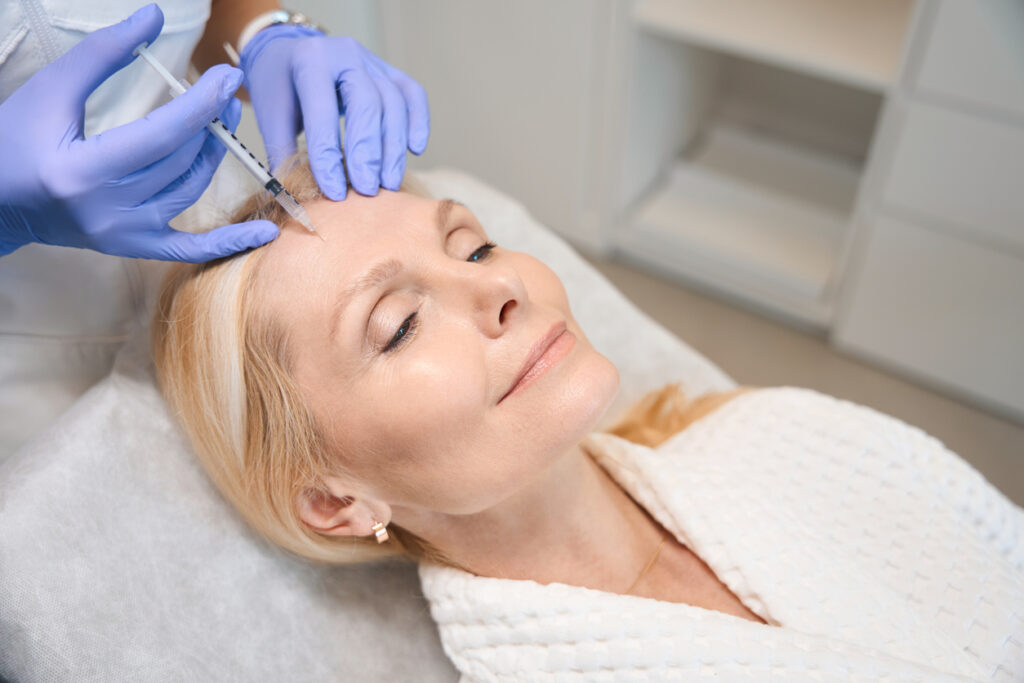
What Does a Natural Botox Result Look Like?
A natural Botox result may show softer lines when you express yourself, while aiming to preserve spontaneous movement and facial balance, with a subtle reduction in crease depth rather than complete immobility. Visual cues could include relaxed but animated forehead motion, eyebrows that still move when smiling, and balanced crow’s feet with less skin creasing. Typical timelines to assess results often involve waiting two weeks post-treatment for full effect and evaluating symmetry and movement at follow-up for potential minor touch-ups. Observing these markers helps patients set realistic expectations and avoid premature judgments.
Can Botox Affect Facial Expressions Permanently?
Botox effects are temporary and generally reversible; muscle function typically returns as the nerves and muscles reconnect, so permanent loss of expression is not the usual expected outcome. Typical duration may range from three to four months, after which baseline movement gradually resumes if treatments stop; long-term repetitive treatments can require clinician monitoring to adjust dose and spacing. Rare circumstances—such as inappropriate high-dose or long-term nerve blocking—could potentially lead to longer recovery, but these situations are uncommon in properly supervised care. Understanding reversibility reassures patients considering treatment for cosmetic or preventative reasons.
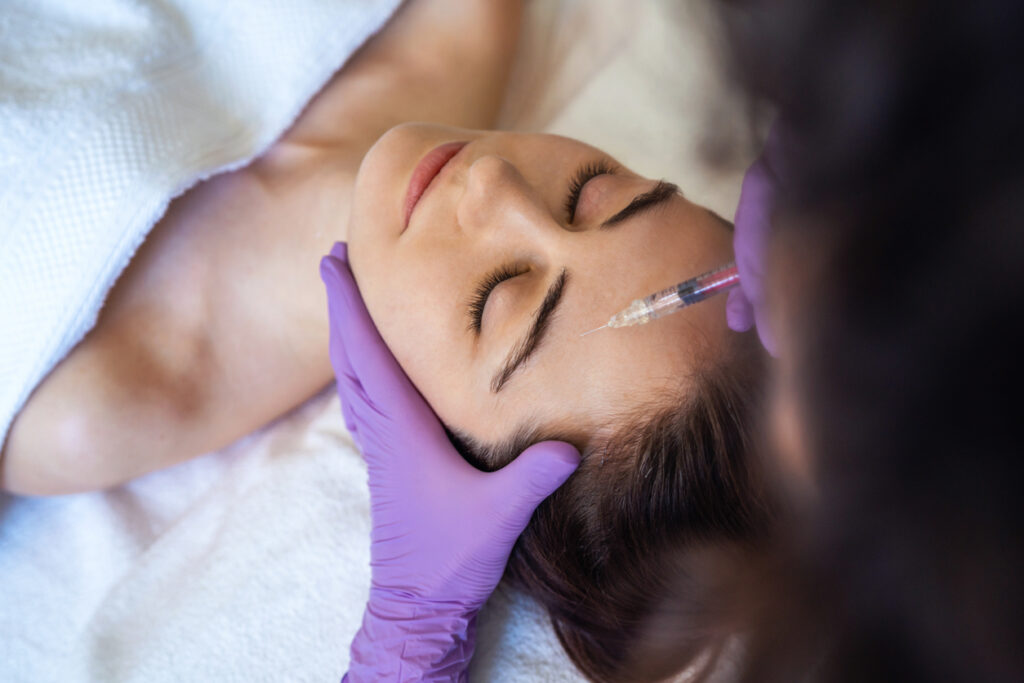
What Are the Most Common Botox Myths and Their Facts?
This section aims to address frequent misconceptions with concise facts and clear explanations so readers can better understand the information. Each myth is stated plainly and followed by an explanation grounded in how it works, clinical practice, or observational data to support informed decision-making. A scannable myth vs. fact table below offers quick reference for common questions.
| Myth | Claimed Concern | Fact / Evidence |
| Botox is painfully invasive | Injections are traumatic and require long recovery | Most patients experience mild, brief discomfort; topical numbing or ice may reduce sensation and downtime is often minimal. |
| Botox results are permanent | Effects last forever, cannot be reversed | Botox effects are temporary (commonly 3–4 months); muscle function gradually returns and treatments are repeatable or stoppable. |
| Botox is only for older people | Younger people shouldn’t use Botox | Preventative treatments for younger adults are an accepted trend when done conservatively; safety can depend on dosing and provider judgment. |
| Botox makes wrinkles worse | Rebound or accelerated aging reported | No clear evidence of long-term worsening when used appropriately; monitoring and dose adjustments may mitigate concerns. |
This myth vs. fact table clarifies common misbeliefs and provides quick citations to how it works and practice standards where applicable for easy reference. For readers in Greer and Greenville, SC seeking a personalized plan, you can Schedule Your Consultation with Galen Healthcare & Aesthetics in Greer, SC.
Myth 1: Botox Is Painful and Invasive
Botox injections are quick, minimally invasive office procedures that typically cause only brief stinging or tiny pinprick sensations at the injection site, which many patients find tolerable. Sessions are often short with immediate return to most activities.
Myth 2: Botox Results Are Permanent
Botox results are temporary because the nerves and muscles naturally reconnect over time; most cosmetic effects typically diminish over approximately three to four months. Maintenance schedules are often individualized based on muscle strength, metabolic rate, and aesthetic goals, and providers may recommend follow-up appointments to help optimize timing. This temporary nature also supports safe dose titration and adjustments across treatment cycles.
Myth 3: Botox Is Only for Older People
Increasing numbers of younger adults may pursue preventative treatments to help soften early expression lines before they deepen into static wrinkles, representing a change in who seeks aesthetic treatments. Preventative strategies often emphasize very conservative dosing and targeted placement to help avoid disrupting natural facial development and expression.
Myth 4: Botox Makes Wrinkles Worse Over Time
There is little evidence to suggest that appropriate Botox use accelerates wrinkle formation; in many cases, reduced repetitive muscle contractions can help slow the progression of expression lines and could contribute to an improved long-term skin appearance. Regular assessment and dose adjustments can help ensure outcomes that may reduce, rather than worsen, the appearance of wrinkles. Monitoring treatment response is a key part of long-term planning.
Myth 5: Botox and Dermal Fillers Are the Same
Botox is a muscle relaxer that helps reduce muscle activity, while dermal fillers are substances—often hyaluronic acid—that add volume to restore fullness and reshape features; their mechanisms and indications differ substantially. Botox may address wrinkles caused by muscle movement, while fillers often target lines that are present even when your face is at rest, and areas that have lost volume such as smile lines or cheek hollows.
Myth 6: Botox Is Addictive
Botox is not chemically addictive; it doesn’t create a physical dependence like addictive drugs, though patients may choose repeat treatments due to satisfaction with results or a preference to maintain their appearance. Wanting to maintain your appearance or positive feedback from others can motivate repeat visits, and providers should counsel patients about realistic expectations and potential alternatives.
Myth 7: Botox Is Only for Women
Men increasingly seek Botox—sometimes called “Brotox”—for aesthetic goals such as softening frown lines, reducing forehead furrows, or altering brow shape while aiming to maintain a natural appearance. Treatment strategies for male patients often account for stronger muscles and different aesthetic goals, which may require adjusted dosing and injection patterns.
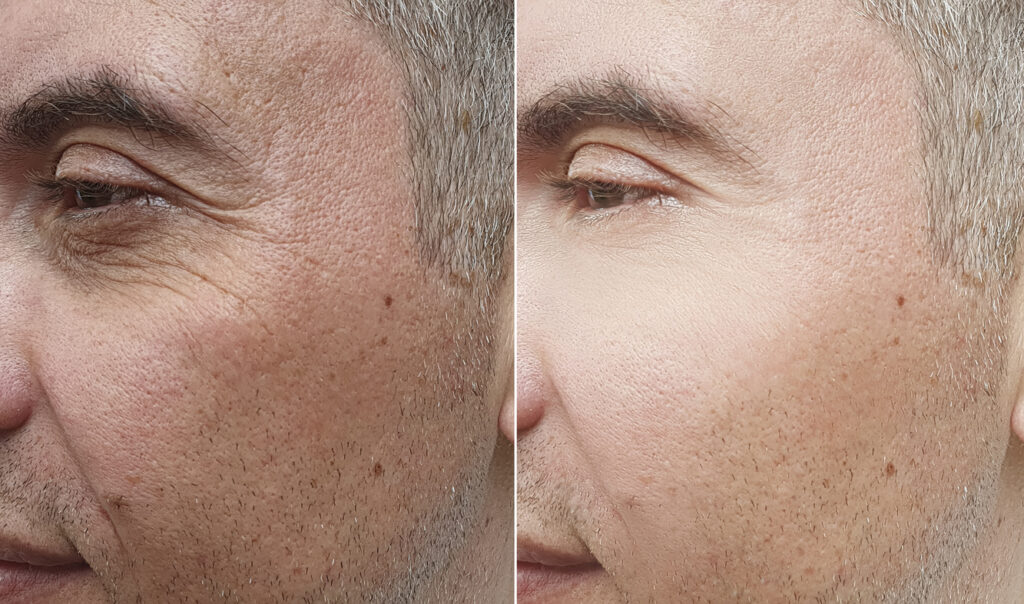
How Does Botox Compare to Dermal Fillers? Key Differences Explained
A one-line rule-of-thumb: Botox works by relaxing muscles to reduce expression lines, while dermal fillers add volume to smooth out deeper lines and reshape facial features. Understanding how they work, typical uses, expected duration, recovery, and cost differences can help clarify decision-making and support combination strategies when appropriate.
| Treatment | How it Works | Typical Uses |
| Botox (muscle relaxer) | Relaxes muscles by blocking nerve signals | Forehead lines, frown lines, crow’s feet; medical uses like migraines |
| Dermal Fillers (hyaluronic acid) | Adds volume and support with a gel-like substance | Smile lines, cheek enhancement, lip plumping, under-eye hollows |
| Duration/Recovery | Typically 3–4 months; often minimal downtime | Typically 6–18 months depending on filler; minor swelling/bruising possible |
What Are Dermal Fillers and How Do They Work?
Dermal fillers are injectable gels—most commonly hyaluronic acid—that add volume beneath the skin to help smooth deep lines, restore cheek fullness, or enhance lips, functioning as structural support. Fillers physically replace lost volume instead of changing muscle action, so they may be indicated for static wrinkles and volume deficits while potentially producing immediate effects. Duration can vary by product and treatment area, and potential risks may include bruising, swelling, and, rarely, a serious blockage of a blood vessel that needs immediate attention. Understanding this volumizing mechanism helps patients choose the right modality for their concerns.
When Should You Choose Botox Over Fillers?
Botox may be considered when the primary concern is lines caused by muscle movement—those that appear with animation such as forehead creases or frown lines—because relaxing the muscle can address the root cause. Fillers may be preferred when the concern is lost volume or lack of support, such as hollow cheeks or deep smile lines, which muscle relaxers usually can’t fix. Many patients may benefit from combination therapy: Botox to help soften expression lines and fillers to help restore volume for comprehensive rejuvenation.
Can Botox and Fillers Be Used Together Safely?
Botox and fillers are commonly used together safely when performed by trained providers who plan and dose treatments correctly to help minimize issues and enhance natural results. Strategies may include treating both modalities in the same visit when clinically indicated or staging treatments a few weeks apart, depending on goals, swelling risk, and injector preference.
Why Choose Galen Healthcare & Aesthetics as Expert Botox Providers in Greer and Greenville, SC?
Selecting an experienced injector can be an important determinant of safety and aesthetic outcome because their training, experience, and how well they consult with you directly impact dosing, placement, and how they handle any issues. In Greer and Greenville, SC, patients can find experienced providers who emphasize patient education, safety protocols, and natural-looking results tailored to individual anatomy and goals at Galen Healthcare & Aesthetics. Schedule Your Consultation with Galen Healthcare & Aesthetics in Greer, SC today.
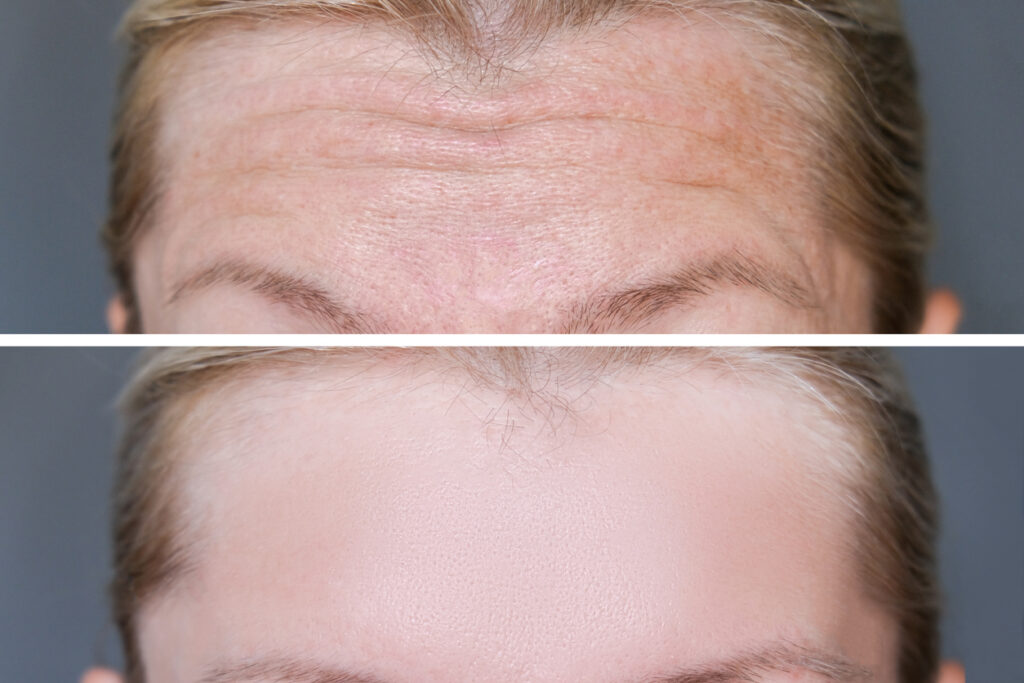
What Should You Expect During and After a Botox Treatment?
A typical Botox appointment is often brief, comfortable, and followed by simple aftercare steps to help minimize bruising and optimize results. The following table outlines each step of the process, expected sensations, and practical tips so patients can have an idea of what to expect from arrival through follow-up. Aftercare and clear communication about when to report concerns are essential components of safe care.
| Step | Typical Duration / Sensation | What the Patient Experiences / Tips |
| Consultation & planning | 10–20 minutes; conversational | Provider assesses goals and anatomy; patients are encouraged to ask questions and review potential risks |
| Injection session | 10–30 minutes; quick, tiny pinpricks | Mild stinging; ice or numbing cream may be available to improve comfort |
| Immediate post-care | 0–24 hours; minimal downtime | Typically, avoid strenuous exercise and rubbing treated areas for 24 hours |
| Follow-up | 2 weeks; evaluation of effect | Touch-ups or adjustments may be scheduled if needed to refine symmetry |
How Painful Is the Botox Injection Process?
Most patients describe Botox injections as brief, mild pinpricks or stinging sensations that are often tolerable. Communication about sensitivity and prior experiences allows providers to adapt comfort measures for individual needs
How Long Does Botox Treatment Take and How Soon Are Results Visible?
An in-office Botox treatment typically takes 10–30 minutes, depending on the number of sites treated, and many patients can return to routine activities immediately with minimal downtime. Initial effects may appear within 2–7 days, with peak results often visible around 10–14 days after injection as nerve signals to muscles are progressively reduced. Scheduling a follow-up at two weeks enables assessment and minor adjustments for symmetry or dose refinement.
What Are the Recommended Aftercare Steps?
Aftercare often focuses on minimizing spread and bruising: patients are typically advised to avoid rubbing or massaging treated areas, delay strenuous exercise for 24 hours, and sleep with your head slightly elevated the first night if swelling is a concern. To manage bruising, you might use cold compresses and topical arnica or vitamin K products as recommended by the provider, and any unusual symptoms should prompt immediate contact. A clear aftercare routine reduces complications and supports optimal results.
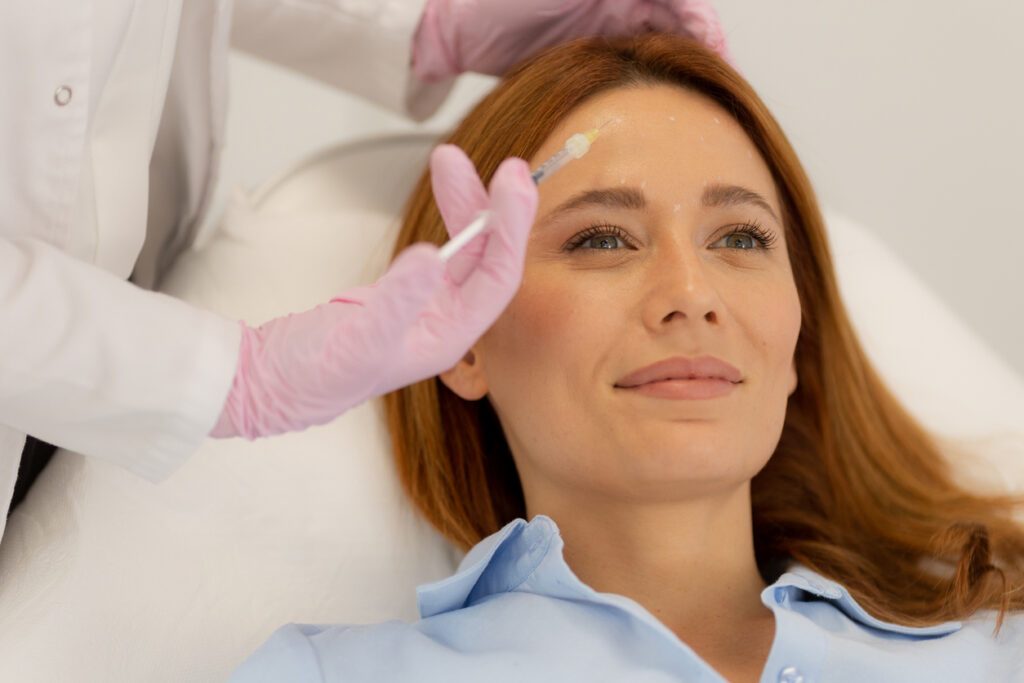
Frequently Asked Questions About Botox: Answers to Your Top Questions
The following Q&A covers safety, perceived rebound aging, addiction concerns, potential disadvantages, and pricing considerations specifically for Greer and Greenville, SC readers.
Botox is usually not considered bad for you when administered by a qualified provider at recommended doses, and current research often supports a good safety record for approved cosmetic and medical uses. Safety can rely on correct dosing, accurate placement, and appropriate patient selection, so consultation with an experienced injector is often essential. Patients with specific medical conditions should disclose their history to allow safe decision-making. For personalized assessment and safety discussion in Greer or Greenville, SC, Schedule a Consultation with Galen Healthcare & Aesthetics.
No reliable evidence suggests Botox makes you age faster; when effects wear off, muscle function typically returns to baseline, and the face may revert to its pre-treatment state rather than appearing older. Strategic maintenance or staggered treatment plans can help prevent an unwanted perception of abrupt change as effects fade. Discussing long-term planning with your injector helps align maintenance frequency with aesthetic goals. If you’re concerned about continuity of appearance, Schedule a Consultation to develop an individualized plan.
Botox is not chemically addictive; the muscle relaxer doesn’t create a physical dependence, though some patients may elect repeated treatments due to satisfaction with aesthetic results or a preference to maintain their appearance. Psychological factors, social reinforcement, and preference for maintained appearance can drive repeat visits, which should be managed with transparent counseling and goal-setting. Providers can offer alternative strategies if patients wish to reduce treatment frequency. For guidance on a healthy treatment cadence, Schedule a Consultation with a trained provider.
Botox costs can vary by units required, treatment areas, provider experience, and clinic pricing policies, so exact pricing is best obtained when you Schedule a Consultation rather than generic estimates. Factors influencing cost include the number of units needed, combination treatments, and the injector’s expertise, and discussing goals during consultation yields an accurate quote. Readers in Greer and Greenville, SC are encouraged to contact Galen Healthcare & Aesthetics to request a tailored cost estimate and treatment plan.
Disclaimer: This content is for educational purposes only. It is not intended as medical advice and should not replace care from a licensed healthcare provider. Please consult with your physician before beginning any new treatment.

